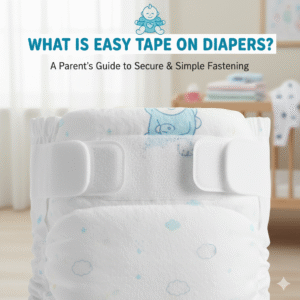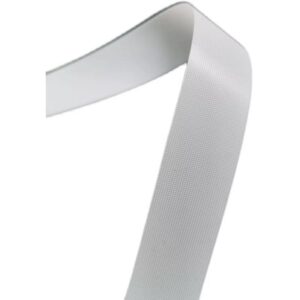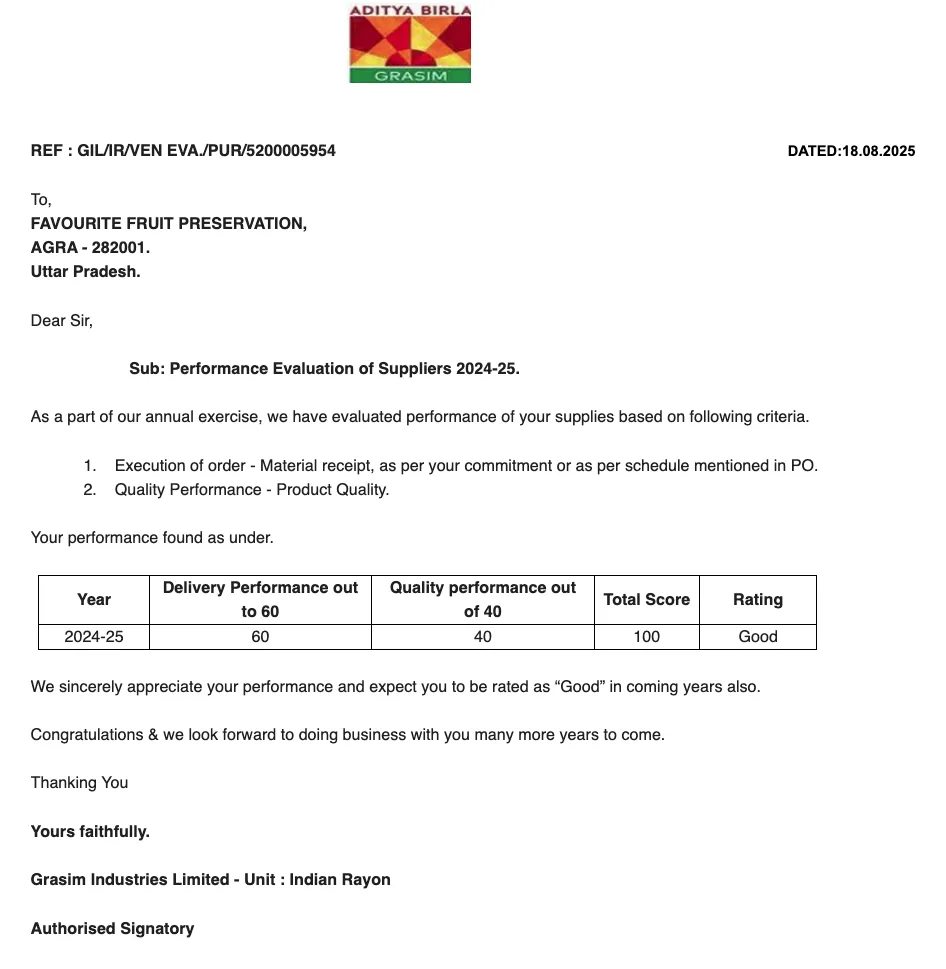Introduction: The Imperative for Adaptive Wound Care
In wound care, immobility is rare. Patients need to move, joints need to bend, and skin needs to stretch. Traditional, rigid dressings often fail in these high-movement scenarios. They bunch up, peel away, and compromise the sterile environment, causing leaks, patient pain, and delayed healing. This is why the development of the flexible wound dressing has been a revolution in modern clinical practice.
At Favourite Fab, we apply our extensive experience as a flexible wound dressing manufacturer to solve these real-world challenges. We specialize in engineering conformable wound dressing solutions that maintain integrity even on the most challenging parts of the body. This detailed guide showcases our expertise and explores the essential role of flexible wound dressings in achieving superior patient outcomes. You will discover the best flexible wound dressing 2023 options and understand the benefits of this advanced wound care flexible approach.

Get Free Sample Kit Of Our Fabric At Your Door Step
- Online Order
- Door Delivery
- 1-Click Quotation
The Problem with Rigidity: Why Movement Demands Flexible Wound Dressing
A rigid dressing acts as a stress point. When a patient moves, the tension pulls the dressing away from the skin, a process called tenting. This creates gaps, exposing the wound to infection and causing the dressing to fail prematurely.
Key Benefits of Choosing Flexible Wound Dressings
The unique properties of a stretchable wound bandage directly address these failure points:
- Conformity: A conformable wound dressing molds perfectly to the body’s contours. This is vital when dressing awkward body parts like elbows, heels, and knuckles.
- Adhesion Integrity: By flexing with the skin, the dressing minimizes tension at the edges. Therefore, it prevents lifting, ensuring the seal remains intact for extended wear wound dressing use.
- Comfort: A comfortable wound dressing that moves naturally with the body significantly improves patient compliance and quality of life. Patients feel less restricted.
- Protection: The secure fit provided by a waterproof flexible dressing prevents external contamination while simultaneously managing fluid and maintaining a seal for moist wound healing flexible dressing.
This is why implementing a wound care protocol flexible dressing is crucial for patients with active lifestyles or chronic wounds.
Advanced Wound Care Flexible Options: A Material Guide
The innovation in flexible wound dressing comes from advanced materials. We categorize these based on their primary function and flexible backing:
1. Flexible Silicone Dressing (The Gentle Fix)
- Technology: Features a gentle silicone adhesive layer backed by a flexible foam dressing or thin film. Silicone adheres securely but releases effortlessly from fragile skin.
- Benefits: This is the top choice for dressing for fragile skin and dressing for high movement areas. It provides pain-free dressing removal, preventing skin trauma and ensuring moisture managing dressing integrity.
- Use Case: Excellent for flexible dressing for pressure ulcers on bony prominences and highly recommended for dressing for awkward body parts.
2. Flexible Film Dressing (The Breathable Barrier)
- Technology: A thin, transparent polyurethane film coated with a hypoallergenic adhesive.
- Benefits: It acts as a breathable flexible dressing, allowing moisture vapor to escape while remaining a waterproof flexible dressing. It is thin and discrete, offering maximum flexibility over joints.
- Use Case: Securing IV sites, covering superficial wounds, and as a secondary layer over fragile skin or on areas requiring high visibility.
3. Flexible Hydrocolloid Dressing (The Versatile Conformist)
- Technology: Contains gel-forming agents in a matrix that, when absorbing exudate, transforms into a soft gel. The adhesive border is designed to be highly elastic.
- Benefits: Provides a strong, conformable wound dressing that offers good absorption for light to moderate exudate. It is ideal for extended wear wound dressing on areas like the sacrum.
- Use Case: Flexible dressing for pressure ulcers (stage I/II), minor burns, and shallow chronic wound flexible dressing needs.
4. Superabsorbent Flexible Dressing (Exudate Master)
- Technology: Combines a highly absorbent core (like SAPs or hydrofiber) with a thin, flexible medical dressing backing.
- Benefits: Manages heavy exudate while retaining the ability to stretch and contour. This ensures the dressing stays flat and functional on areas like the lower legs, making it effective for exudate management flexible dressing.
- Use Case: Essential for leg ulcer dressing and diabetic foot ulcer dressing where high fluid retention and consistent fit are required.
The Authority in Supply: Favourite Fab and the Dressing Selection Guide
As an experienced flexible wound dressing manufacturer and flexible wound dressing supplier, we adhere to the highest standards of quality and service. Our products are used by professionals globally because they meet stringent clinical demands.
Wound Care Protocol Flexible Dressing Requirements
Implementing flexible wound dressings is consistent with best practice, aligning with the “Requirements for wound dressing” principle that the dressing should conform to the wound and surrounding anatomy.
What are the 5 rules of wound dressing?
- Stop Bleeding: Ensure hemostasis before applying the primary dressing.
- Cleanse: Gently clean the wound and surrounding skin (following the “Wound dressing steps”).
- Cover & Protect: Apply a sterile, appropriate dressing.
- Immobilize (if needed): Stabilize the limb or joint if fracture or sprain is suspected.
- Re-dress Appropriately: Change the dressing according to fluid level and manufacturer’s guidelines, opting for a pain-free dressing removal technique.
How many times should you change wound dressings?
The frequency depends entirely on the dressing type, the wound’s exudate level, and the manufacturer’s recommendation (extended wear wound dressing). A good flexible wound dressing can often be worn for several days, reducing the risk of trauma from frequent changes. Always change immediately if the dressing integrity is compromised, it is leaking, or if signs of infection appear.
What should you avoid when dressing wounds?
When applying any flexible wound dressing:
- Avoid applying excessive tension, which can restrict circulation.
- Avoid placing a strong adhesive directly onto fragile skin.
- Avoid using non-sterile materials on open wounds.
- Avoid pulling the dressing straight up during removal—always remove it low and slow (parallel to the skin).

Get Free Sample Kit Of Our Fabric At Your Door Step
- Online Order
- Door Delivery
- 1-Click Quotation
Conclusion: Partnering for Superior Patient Outcomes
The innovation of the flexible wound dressing has fundamentally improved care for patients with wounds on high-movement areas and sensitive skin. By offering materials that are hypoallergenic flexible dressing options and designed for moist wound healing flexible dressing, Favourite Fab remains at the forefront of this technology.
We provide a consistent supply of quality flexible wound dressing solutions at competitive rates, ensuring facilities can access the best flexible wound dressing 2023 technology.
Contact Us
Ready to discuss buy flexible wound dressing in bulk or explore our full dressing selection guide? Get the best flexible wound dressing price directly from the source.
Email: sale@favouritehub.com WhatsApp: 9528811566
Favourite Fab – Your expert manufacturer for innovative, flexible wound care solutions.






































We Do Business On Trust.Our Nonwoven fabric Business is Built on trust. Trust starts with Transparency.
Mr.Ramniwas Garg Founder Of Favourite Group